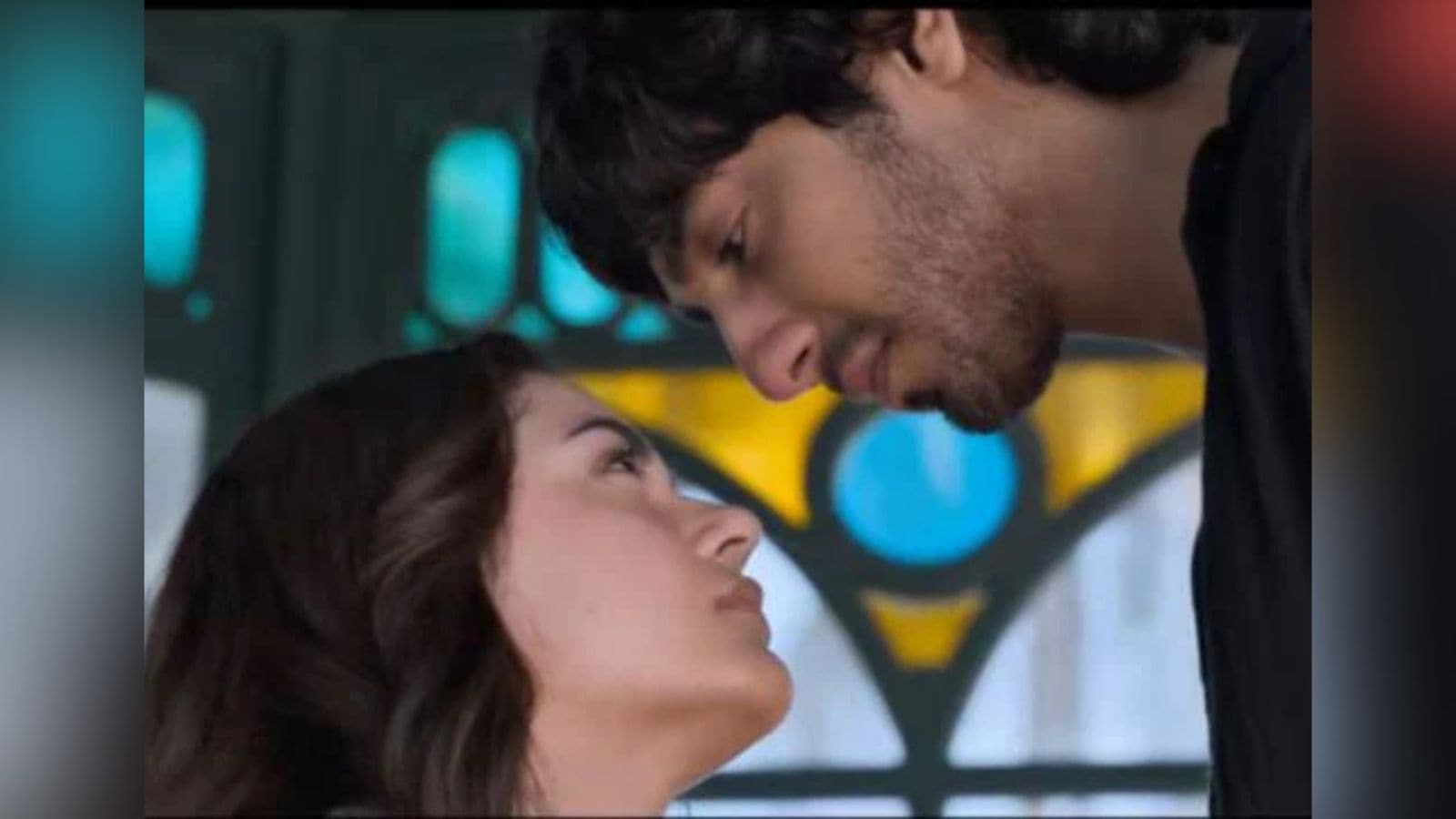 |
|
The film 'Saiyaara' has taken Bollywood by storm, breaking a dry spell and supposedly revitalizing the romance genre. Despite its commercial success, the article argues that the film suffers from several shortcomings. The core premise revolves around a 22-year-old writer grappling with Alzheimer's, a condition neurologists deem extremely rare at such a young age. The film's portrayal of Alzheimer's is also criticized for its inaccuracy, depicting it as a generalized set of dissociative disorders infused with excessive melodrama. While the Indian film-watching experience often involves a suspension of disbelief, the article contends that 'Saiyaara' fails to captivate on an emotional level, with its one-dimensional emotions and derivative, forgettable music. Despite these flaws, the film has struck a chord with audiences, evidenced by tearful reactions in theaters, positive social media feedback, and increasing ticket sales. This success is attributed to the captivating presence of the two newcomer leads, Aneet Padda and Ahaan Pandey, and the enduring appeal of romance on the big screen. The author delves into the history of romance in Indian cinema, highlighting iconic films from the 1950s to the 2000s, including classics like those starring Raj Kapoor and Nargis, Guru Dutt's masterpieces, K Balachander's 'Maro Charitra,' Yash Chopra's 'Chandni,' and the defining romances of the 1990s, such as 'Dilwale Dulhania Le Jayenge,' 'Roja,' and 'Bombay.' The early 2000s saw films like 'Alaipayuthey' and 'Veer Zaara,' further solidifying romance's popularity. The 2010s brought a more nuanced approach to the genre, with films like Nagraj Manjule's 'Sairaat' and Pa Ranjith's 'Pariyerum Perumal' addressing social issues like caste discrimination. The article emphasizes that romantic films often represent more than just love stories; they embody aspiration, escape, and the desire for individual choice and freedom. Romantic films can also promote new forms of masculinity, as explored in Shrayana Bhattacharya's book 'Desperately Seeking Shah Rukh: India’s Lonely Young Women and the Search for Intimacy and Independence.' However, a significant shift occurred around 2014-2015, with the success of 'Baahubali' ushering in a wave of action films. This trend led to an overemphasis on violence and spectacle, with women often relegated to peripheral roles. The distribution model prioritized big-budget productions with elaborate chase sequences and rapid editing, sidelining more intimate and character-driven stories. This shift coincided with the rise of the attention economy, a concept popularized by Herbert Simon in the 1970s, which highlights the increasing competition for limited attention. In today's over-stimulated and chaotic world, attention is arguably the most valuable commodity, according to figures like writer Kyla Scanlon. Films are now competing with a vast array of distractions, including YouTube videos, reels, images, and tweets. This means that films are increasingly viewed as distribution vehicles, prioritizing reach and ease of consumption over artistic merit. The article cites the example of Eros Now using AI to alter the ending of its 2013 film 'Raanjhanaa,' highlighting the pressure to cater to audience expectations and maximize attention, even at the expense of the director's vision. In this context, 'Saiyaara's' unwavering commitment to melodramatic romance, despite its imperfections, is seen as a refreshing departure from the prevailing trends. The film offers a simple story about love, loss, and memory, devoid of the usual action sequences, hero worship, and jingoism. Perhaps, the article suggests, this is precisely what audiences are craving in a world dominated by noise and spectacle.
The relentless pursuit of grabbing audience attention has significantly impacted the film industry. The need to compete with short-form content like TikTok videos and Instagram reels forces filmmakers to prioritize immediate gratification over intricate storytelling and character development. This hyper-competitive landscape often results in formulaic narratives, predictable plotlines, and an over-reliance on visual effects and action sequences, designed solely to capture fleeting moments of viewer engagement. The article highlights the ethical implications of this trend, citing the example of the altered ending of 'Raanjhanaa' as a testament to the industry's willingness to compromise artistic integrity for commercial gain. The film's original ending, intended to evoke contemplation and emotional catharsis, was replaced with a more palatable and commercially viable conclusion, signaling a shift towards prioritizing instant gratification over meaningful storytelling. The author emphasizes the increasing importance of media literacy in this evolving media landscape. Viewers need to be critically aware of the strategies employed to capture their attention, discerning between genuine artistry and calculated manipulation. It's crucial to recognize the subtle ways in which films shape perceptions, reinforce stereotypes, and influence societal values. By engaging with films critically, audiences can become more discerning consumers of media and resist the temptation to passively accept the content presented to them.
The article contrasts this trend of attention-grabbing spectacle with the simple, heartfelt narrative of 'Saiyaara.' The film's willingness to embrace old-fashioned romance, despite its flaws, is presented as a refreshing antidote to the cynicism and superficiality that often pervade contemporary cinema. By focusing on genuine emotions, intimate character interactions, and a story that resonates with universal themes of love, loss, and memory, 'Saiyaara' offers a temporary respite from the noise and chaos of the modern world. The film's success, despite its imperfections, suggests a deeper yearning for authenticity and emotional connection in a media landscape increasingly dominated by superficiality and sensationalism. The article concludes by suggesting that 'Saiyaara's' resonance with audiences might stem from its ability to tap into a collective desire for simpler times, where genuine human connection and heartfelt stories held greater significance. In a world characterized by constant disruption and overwhelming stimuli, the film offers a reminder of the enduring power of love, empathy, and the human capacity for resilience.
Source: Saiyaara is flawed. But its old-fashioned romance is what we need
